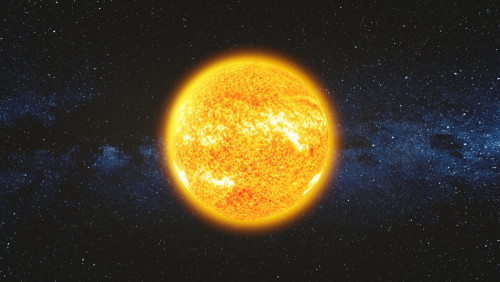Our lead story this week covers yet another space mission of India. After successfully landing a spacecraft near the south pole of the Moon, India's next cosmic quest is- the Sun. Indian Space Research Organization (ISRO) has announced that it will launch Aditya-L1: India’s first solar mission on September 2 at 11:50 am from the Sriharikota space center using the PSLV-C57 rocket. The ISRO explained on its website that the spacecraft will be initially placed in a low earth orbit. Subsequently, the orbit will be made more elliptical, and later the spacecraft will be launched towards the Lagrange point L1. The reason why it is named L1 is because it would be stationed at Lagrange point 1. Lagrange points are basically points in space where the gravity of two planetary bodies balances out, maintaining equilibrium, so the spacecraft stays in a fixed position on its own, conserving fuel. NASA's James Webb Space Telescope, the successor to the famous Hubble telescope, is stationed in L2. These points are named after Joseph-Louis Lagrange, a French mathematician, who observed them in the 18th century. The advantage of such a positioning will also be seen in operations, as it will enable the spacecraft to get a continuous observation of the sun, without any interruptions.
According to ISRO, The Aditya-L1 mission is intended to study the Sun's upper atmosphere (chromosphere and corona) and its relations with the solar wind. The mission is designed to study the physics of the partially ionized plasma in the solar atmosphere. The spacecraft will investigate the mechanisms that heat the solar corona, since the corona is observed to have abnormally great temperature, greater than some of the inner layers, despite being an upper layer of the sun. The mission will collect information and observations about the initiation and development of coronal mass ejections (CMEs) and solar flares. It will study the in-situ particle and plasma environment in the vicinity of the Sun and describe the magnetic field in the solar corona. It will also study and assess the main drivers of space weather. Read Now!


